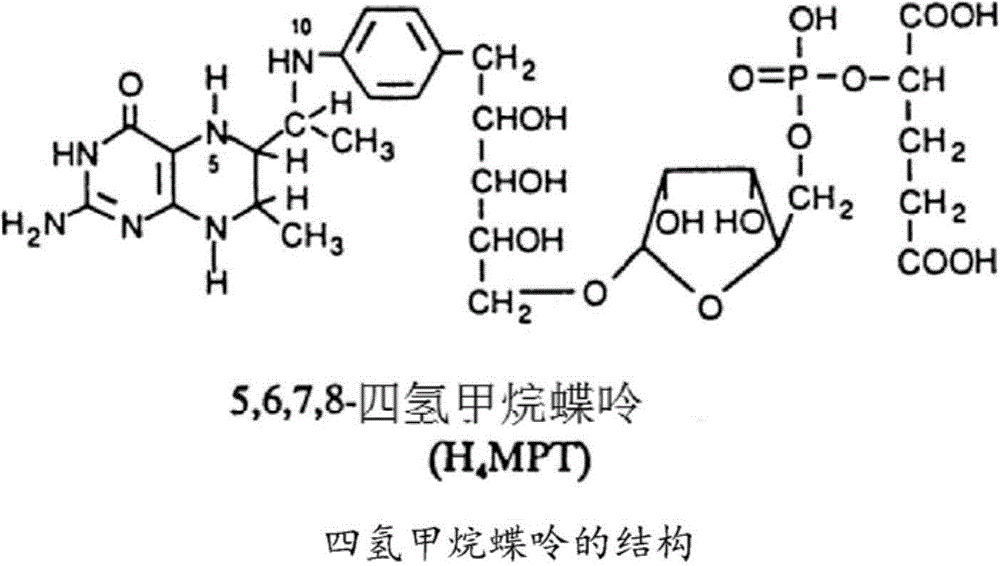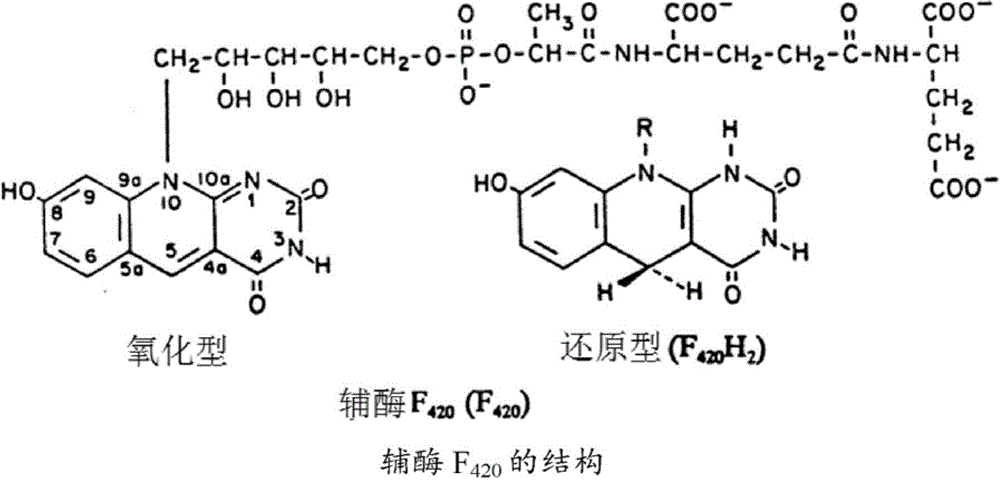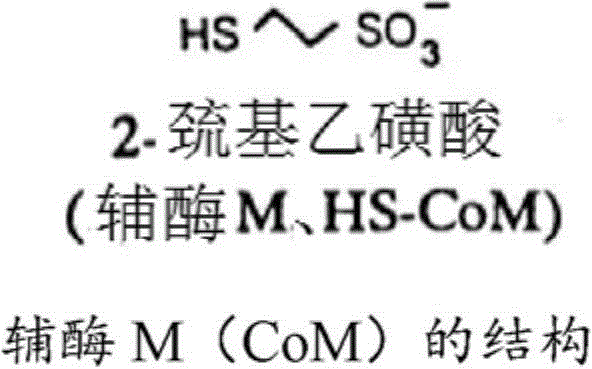Inhibition of methane production during anaerobic reductive dechlorination
A methane, methanogen technology, applied in anaerobic digestion treatment, biological water/sewage treatment, restoration of polluted soil, etc., can solve problems such as public health and environmental hazards
- Summary
- Abstract
- Description
- Claims
- Application Information
AI Technical Summary
Problems solved by technology
Method used
Image
Examples
Embodiment
[0088] Bench Test of Effectiveness of "Methane Inhibitor RYR"
[0089] Purpose
[0090] The purpose of the laboratory study was to evaluate the effectiveness of the methane inhibitor RYR (MIRYR), a composition of the invention developed by the inventors herein. The product is designed to inhibit methane production in environments where methanogens are established and active.
[0091] Materials and methods
[0092] Two anaerobic reactors were utilized, a control reactor and a test reactor. Both reactors were inoculated with expired dietary supplement treated with biomass containing active methanogenic populations. The reactor was fed weekly and operated as an anaerobic sequencing batch reactor as described by Cassidy et al. (2008a, 2008b), which is incorporated herein by reference. [CassidyDP, HirlPJ, BeliaE.(2008a). Methane production from methanol co-products inanaerobicsequencingbatchreactors in anaerobic sequencing batch reactors, WaterScience&Technology.58(4): 789-...
PUM
 Login to View More
Login to View More Abstract
Description
Claims
Application Information
 Login to View More
Login to View More - R&D
- Intellectual Property
- Life Sciences
- Materials
- Tech Scout
- Unparalleled Data Quality
- Higher Quality Content
- 60% Fewer Hallucinations
Browse by: Latest US Patents, China's latest patents, Technical Efficacy Thesaurus, Application Domain, Technology Topic, Popular Technical Reports.
© 2025 PatSnap. All rights reserved.Legal|Privacy policy|Modern Slavery Act Transparency Statement|Sitemap|About US| Contact US: help@patsnap.com



